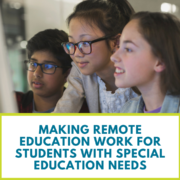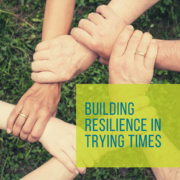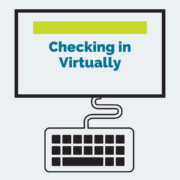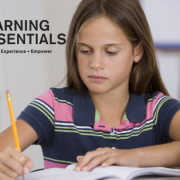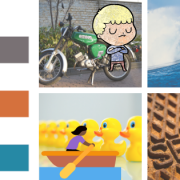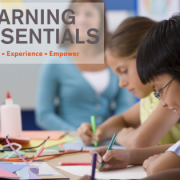Making Remote Education Work for Students with Special Education Needs
It is increasingly remarkable to think that just a few weeks ago, students and teachers were still in class, working towards end-of-quarter goals. So much has changed as Covid-19 has spread across the nation, shuttering schools indefinitely and leading students, parents, teachers and administrators to ask: What do we do now?
Learning never stops—it just changes course.
Many students were sent home with assignments to complete and deadlines to meet. Others are accessing online materials and connecting remotely with instructors. In some places, students are even taking a short break from the standard curriculum to explore educational videos, podcasts, interactive games and virtual museum tours.
The remote education opportunities are seemingly endless—that is, until special learning needs are added to the mix. Then navigating this “new normal” can seem downright impossible.
Although federal law mandates that school systems provide equal access to education for students with learning disabilities, no one seems to know what that means in our current situation. Across the nation, school districts are grappling with how to provide remote education to as many of the seven million impacted students as possible, without defying the law and potentially losing critical funding. Yet, with mere weeks to prepare, how can schools possibly replicate the services of diverse therapists—occupational, learning, behavioral, speech, physical and vision—as well as adaptive specialists and aides? It is not feasible.
Learning Essentials is here to help.
With our team of certified, advanced-degreed tutors, Learning Essentials is the premier special education tutoring company in the DC Metro area. We “get” these students and their diverse needs. We have the education and experience to assist students with learning disabilities and differences during this massive transition. Our learning strategies and multi-sensory methods are proven, and our team is equipped to offer fully online support for all learners.
As administrators, teachers, and parents struggle to create and implement in-home supports for special needs students, Learning Essentials is ready to step in with solutions. We can suggest modifications to learning content, accommodations for optimal learning environments, and techniques that can guide parents and support students in accessing the curriculum in these unprecedented circumstances.
Ready for help? Contact Learning Essentials today for a free consultation. Let us set the best course to keep special needs students on the path to learning.
